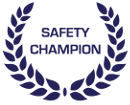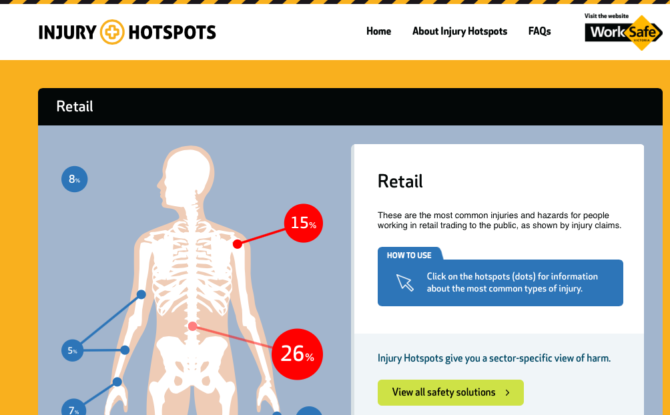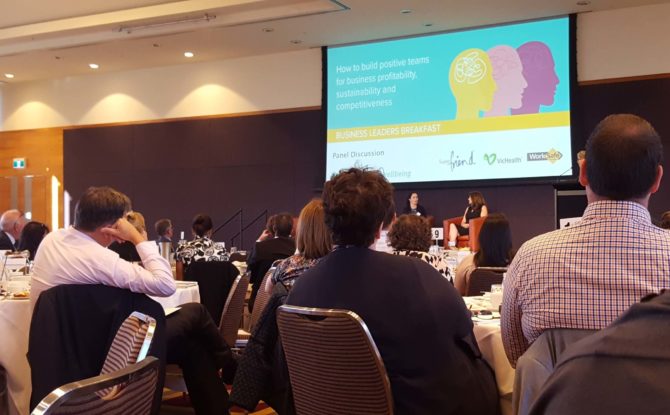A lot of our new clients come to us and say a similar thing. “I just got confused with all those health and safety acronyms! OHS, OSH, WHS or even WOSH… they all look the same, but are they?”
Commonly, businesses just don’t know why there are so many letters in different combinations, and what they actually mean for their business.
“I just got confused with all those health and safety acronyms! OHS, OSH, WHS or even WOSH… they all look the same, but are they?”
The fact is that the reason they seem the same, is because… you guessed it, they are. The variation in terminology is generally a result from how the health and safety legislation is titled in each Australian state, or the body that regulates the implementation of that legislation.
The common safety acronyms explained
Here’s a few of the common ones you see around explained:
- WHS: In all Australian stated (other than VIC and WA), you will see people referring to WHS – Workplace Health and Safety due to the Work Health and Safety Act 2011 or Work Health and Safety Act 2012
- OHS: In Victoria you will see people referring to OHS – Occupational Health and Safety due to the Occupational Health and Safety Act 2004
- OSH: In WA you will see people referring to OSH – Occupational Safety and Health due to the Occupational Safety and Health Act 1984
- HSW: In Great Britain and New Zealand you will see people referring to HSW [Health and Safety] due to the Health and Safety at Work Act 1974 and 2015 respectively.
- HSE: In Great Britain, you may also see people referring to safety as HSE – this is in reference to their regulator Health and Safety Executive.
- OSHA: This referencing of the regulator also holds true in the USA. People referring to safety as OSHA aligning with the regulator: Occupational Safety and Health Administration.
- EHS: This time, adding the E in there means “Environment”. This adds a layer of environmental considerations to workplace health and safety.
Free safety promotion poster set for your workplace. Download now.
Put simply, these safety acronyms mean exactly the same thing. They guide businesses to make a commitment to establish a workplace where a worker will leave work with the same physical and mental health that they presented to work with.
Onwards and upwards – getting safety moving
So if you use the terminology interchangeably, this really isn’t an issue. If you do get corrected by some smarty pants, point out that maybe they should be more concerned with the goal of keeping workers safe and healthy in the workplace, and less concerned about technicality and semantics.
These acronyms often just serve to make workplace health and safety seem even more complex that it already seems to people. So, we say, put the acronym aside for the moment, and just focus on what’s important.
And it’s this. All of this, all these acronyms, are simply about one thing: How can we make workplaces safer so that no one is hurt at work!
Sign up to our free safety management software today.
Alright that’s it from us – be sure to check out our other blogs for more useful information about safety. Try these ones next:







